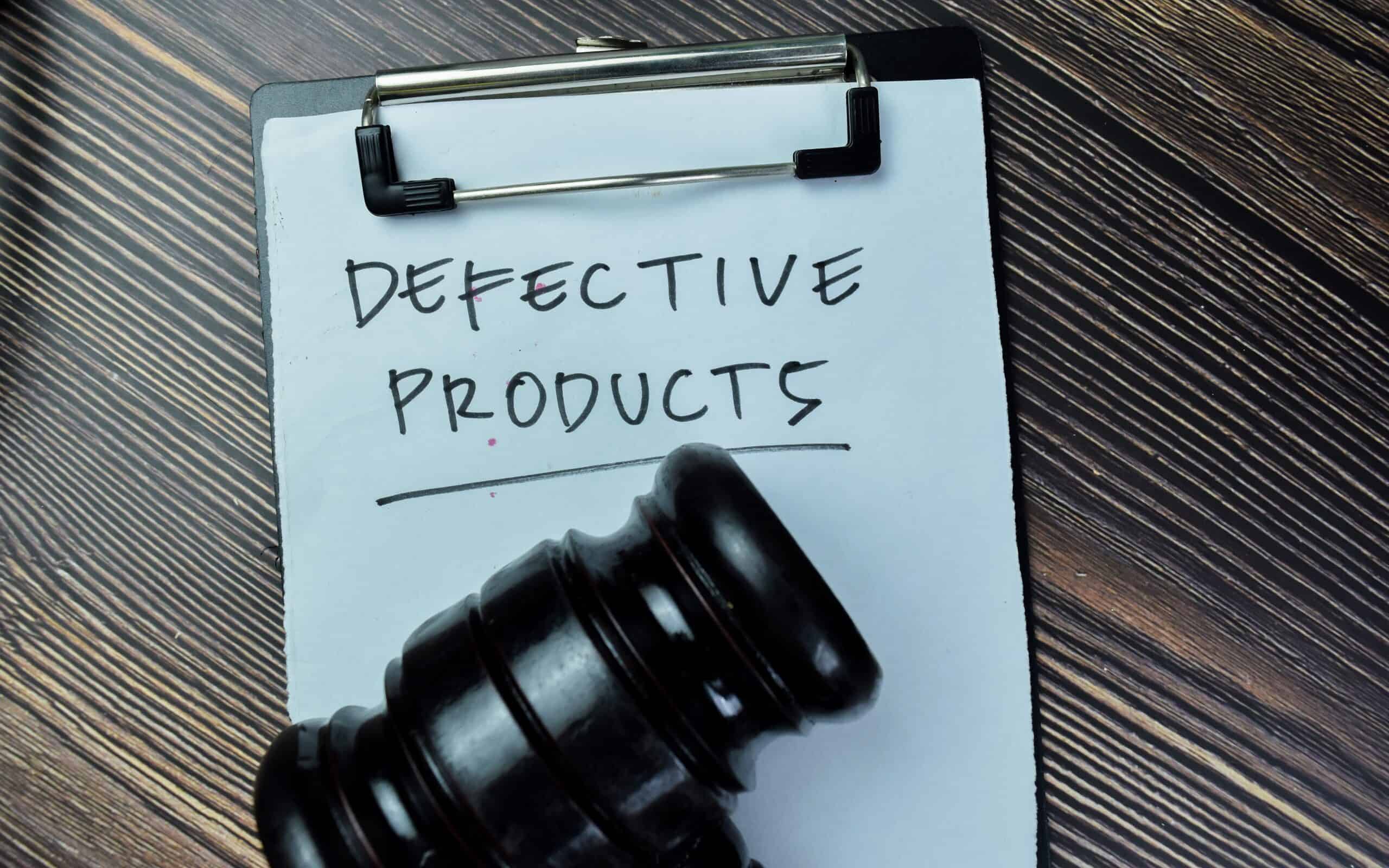
Key Points
- RQL is a means of understanding how many defective products are present in a batch.
- High RQL can lead to a loss of customer trust.
- RQL isn’t a constant, it changes with every production line.
If you have been researching how to prepare for a sampling plan, you have likely already come across the term Lot Tolerance Percent Defective. If you are familiar with this term, you may already know that it also goes by Rejectable Quality Level.
Overview: What Is Rejectable Quality Level?

Rejectable Quality Level (RQL) is when a lot has several defective units that make the level of quality unsatisfactory. There is a low probability that this level of quality will be accepted. Even though there is a low probability of acceptance, it is the absolute highest defective rate that is tolerated for an individual lot. The RQL is also known as the Lot Tolerance Percent Defective (LTPD).
Why It Matters
No production is perfect, that’s just a fact of life. However, when you notice a dip in your production quality, RQL is right there to clue you into how many products aren’t meeting the minimum acceptable guidelines. Further, paying attention to the RQL of any of your processes is going to be paramount to increasing the overall quality of your deliverables.
3 Drawbacks of RQL
There are several drawbacks to continually producing lots that are at an RQL:
1. Loss of Consumer Confidence
Lots that continually fall below the AQL (Acceptable Quality Limit) and into the Rejectable Quality Limit are not only liable to not be accepted but will also erode the confidence of your consumers and cause you to lose business.
2. It Affects Company Morale
Your employees likely work hard for you and want to take pride in their place of employment. If lots continually fall under the AQL due to problems in processes, your employees will eventually be likely to not be happy in their jobs.
3. Loss of Revenue
Expending resources on lots that continually fall under the AQL and into the RQL will cost your company considerable revenue.
Why Is RQL Important to Understand?
There are several reasons why Rejectable Quality Level is important to understand:
It Is an Important Part of Acceptance Sampling
RQL is a fundamental facet of acceptance sampling, and it is likely that a customer may ask you to do an RQL sampling plan as part of an outgoing inspection.
Six Sigma Quality Level
For companies wanting to reach a Six Sigma level of quality control, it is important to know AQL and RQL statistics.
RQL Can Differ
RQL can differ from process to process, product to product, and customer to customer. Having not only a solid understanding of RQL but also where it can differ can be very important to your business.
An Industry Example of RQL

A toy company has a line of action figures that it is getting ready to put into stores. The company’s main corporate client has over 200 stores that have sold other toys made by this manufacturer. With prior knowledge of what this client has deemed acceptable, the manufacturer sets the AQL and RQL for a sampling plan. Out of five lots, three of them meet the AQL and two of them show defects that put the lot into RQL territory.
3 Best Practices When Thinking About RQL
Here are some practices to keep in mind when addressing RQL in your business:
1. Where to Set RQL in a Sampling Plan
Be sure to set the RQL in a sampling plan at a level that enforces the requirements set by the customer.
2. As a Producer, Prevent Acceptance
If you are the manufacturer, keep in mind that one of your roles is to prevent the acceptance of rejectable lots. This is because having lots with that level of defects getting out can be very detrimental to your business.
3. Know When It Is Time to Make Changes
Lots of goods continually falling into RQL is a major red flag that processes need to change in your business.
Other Useful Tools and Concepts
RQL isn’t the only thing you need to keep track of when handling your organization. Learning how to identify and heed the voice of the process is a vital component when considering the efficacy of your production line.
Further, knowing the differences between PDSA and PDCA can be vital for your process improvement cycle. These methodologies are similar in scope but have some key differences that make their use case situational.
Conclusion
Having a firm grasp of RQL can help make sure that lots that will be unacceptable to your customers do not make it to them. This can save you from losing valuable customers as well as protect your company against a loss of revenue.
Self-check sampling plans that incorporate industry-typical AQL and RQL values can help your company catch unacceptable defect levels so that you can improve processes and maintain the integrity of your company.